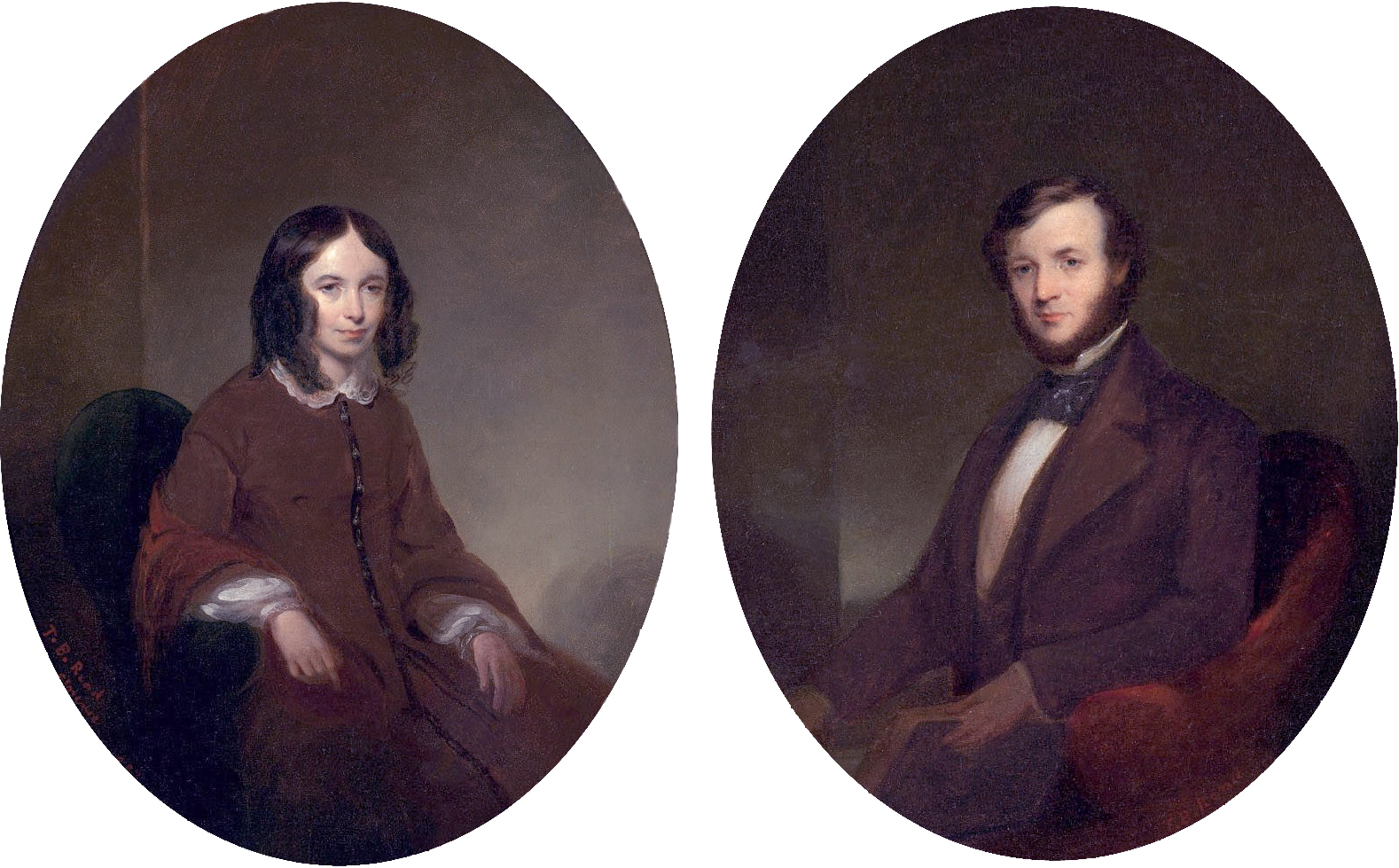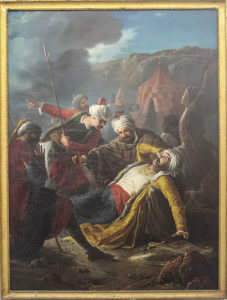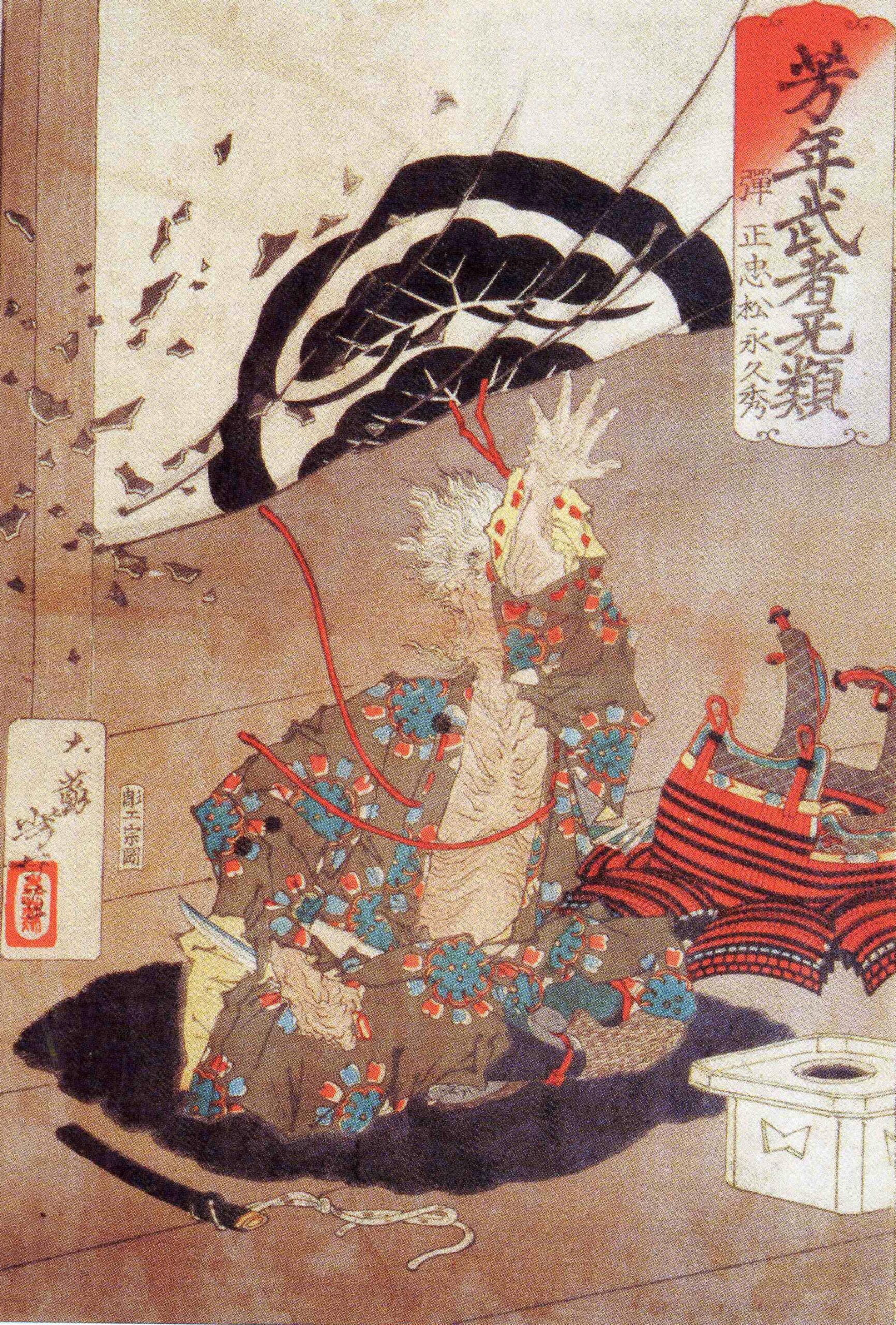1916 Battle of Beaumont Hamel

While the rest of Canada celebrates its 1867 founding with polite indifference and the occasional folk dance, July 1 is marked in Newfoundland as Memorial Day, a time to remember the tragedy of the Battle of Beaumont Hamel. That name remains indelibly imprinted in the history of Newfoundland. So much of the role played by England’s oldest and most loyal colony during the First World War is out of proportion to the island’s relative size and population within the British Empire, be it the number of Newfoundlanders who served, their contribution on land and at sea, or the tragedy that befell the 1st Newfoundland Regiment on July 1st, 1916.
As a Dominion of the British Empire (and still proudly independent of Canada) Newfoundland responded quickly to the motherland’s entry into the Great War. Men rushed to enlist and a regiment was sent to battle the forces of the Ottoman Turks at Gallipoli. Transferred from that disaster, the Newfoundlanders found themselves in the front lines of the Western Front in 1916 just in time for the unspeakable misery of the Battle of the Somme.
The sector to which they were assigned required them to cross 500 metres of open ground exposed to a dug-in enemy who knew they were coming. The result was horrible – of the eight hundred men who went into the attack that morning, just sixty-eight answered the roll call the following day. They were mowed down by machine-gun fire and blasted by artillery, yet they kept coming on. As they walked into the hail of machine gun and artillery fire, it was said that many of them tucked their chins in, almost like they were walking into the teeth of a blizzard back home
It is is probable that the defence of their front line that morning cost the Germans not a single man. So concentrated was German fire and so constricted was the advance, that nearly every Newfoundlander killed fell on ground held by the British before the attack began.















